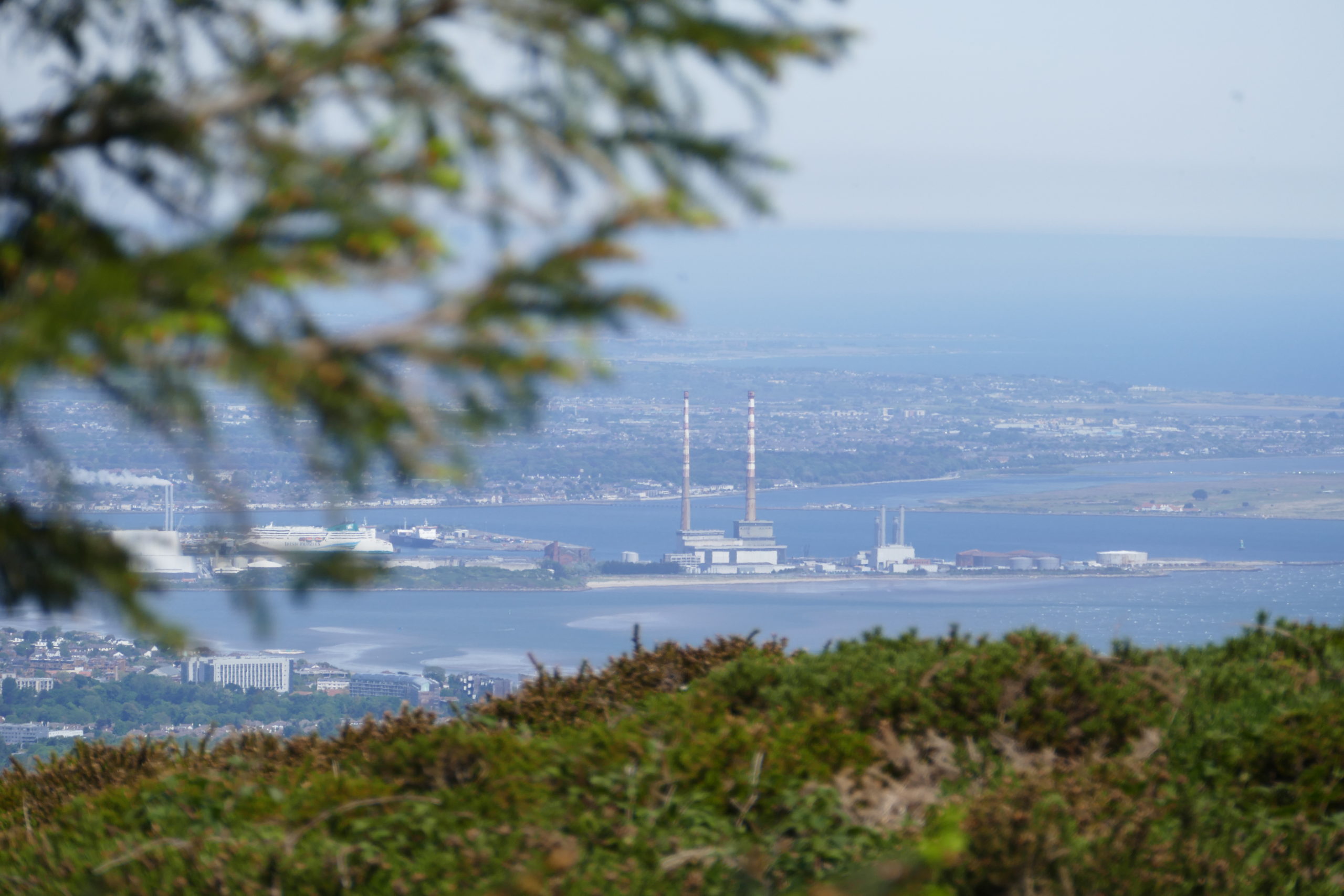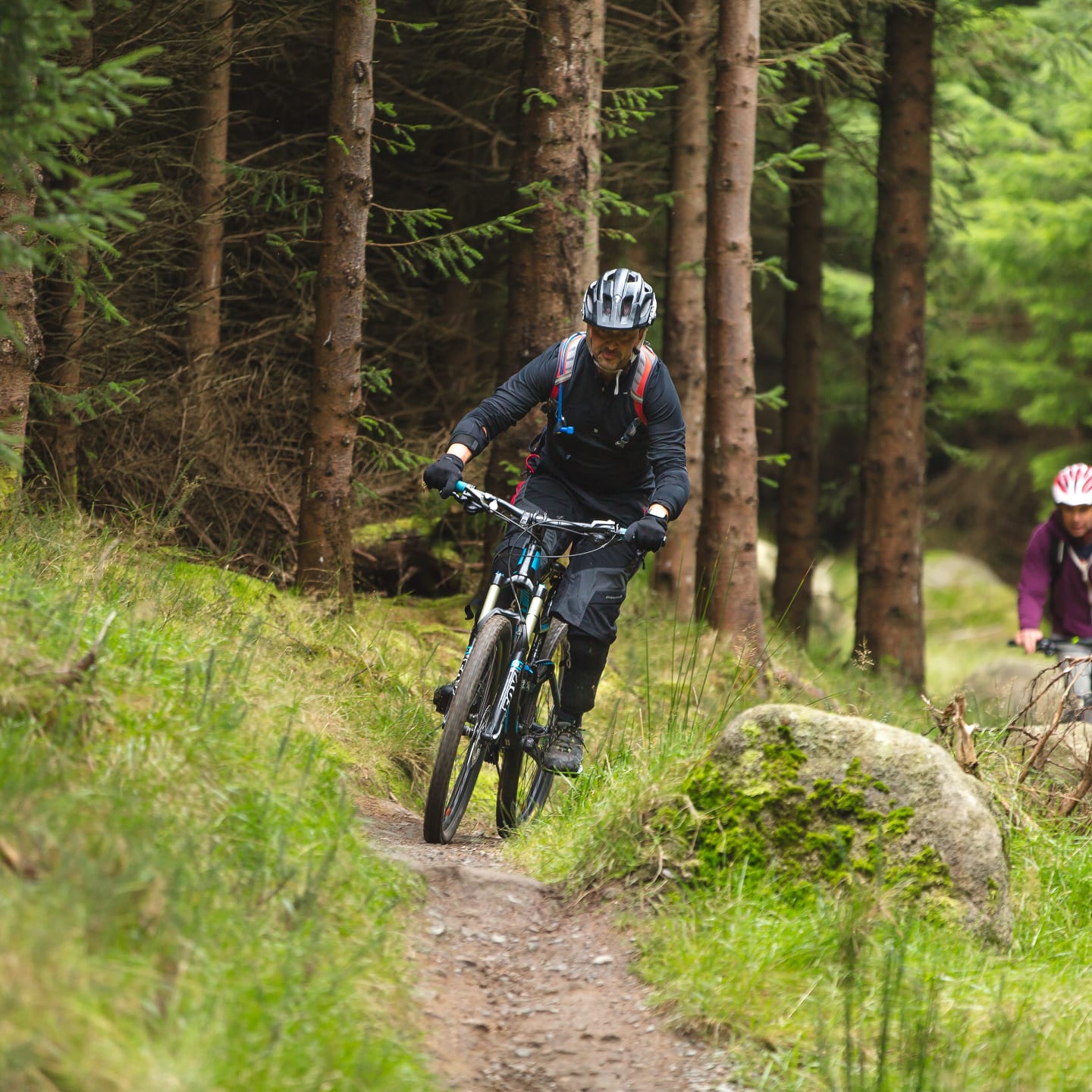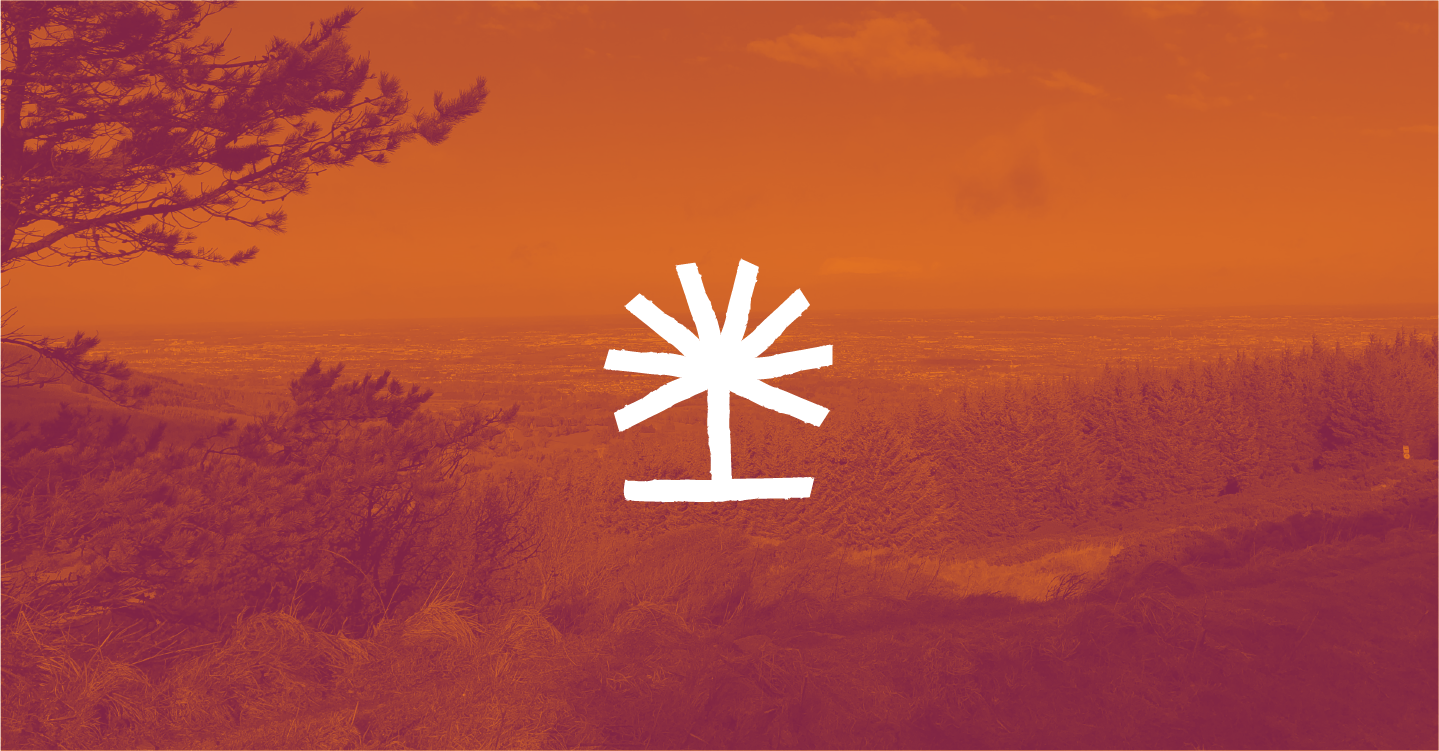Ireland’s native woodlands today
Richard Nairn, author of a new book Wildwoods, examines the current state of Ireland’s native woodlands and their benefits
By the start of the twentieth century, only about one per cent of Ireland had any of the original woodland cover remaining. With steady planting over the last 120 years, the total forest cover has reached 11 per cent but less than two per cent is comprised of native woodland or mixed broadleaf woodland.
Much of our remaining native woodland is neglected or mismanaged
Nearly two-thirds of remaining broadleaf woodlands are in private ownership, with about three-quarters of them being small fragments of less than five hectares. Much of what remains is neglected or mismanaged and not in great shape. Invasive plant species such as Rhododendron ponticum are widespread, shading out natural regeneration and significantly reducing biodiversity in the surviving woods.
With no natural predators left, uncontrolled deer populations browse on young trees preventing their establishment while grey squirrels strip bark from the upper branches in the canopy. Even some of the woodlands in our National Parks are ageing relics that are not being naturally replaced by younger trees and shrubs. In the twenty-first century Ireland’s native woodland estate is in the emergency ward.
There is a need to manage the remaining woods better so that they will continue to provide benefits for nature and for people. Firstly, non-native species such as rhododendron, cherry laurel, and a host of other woody species need to be identified and removed on a graduated basis. This also opens up gaps in the canopy allowing sunlight to reach the forest floor.
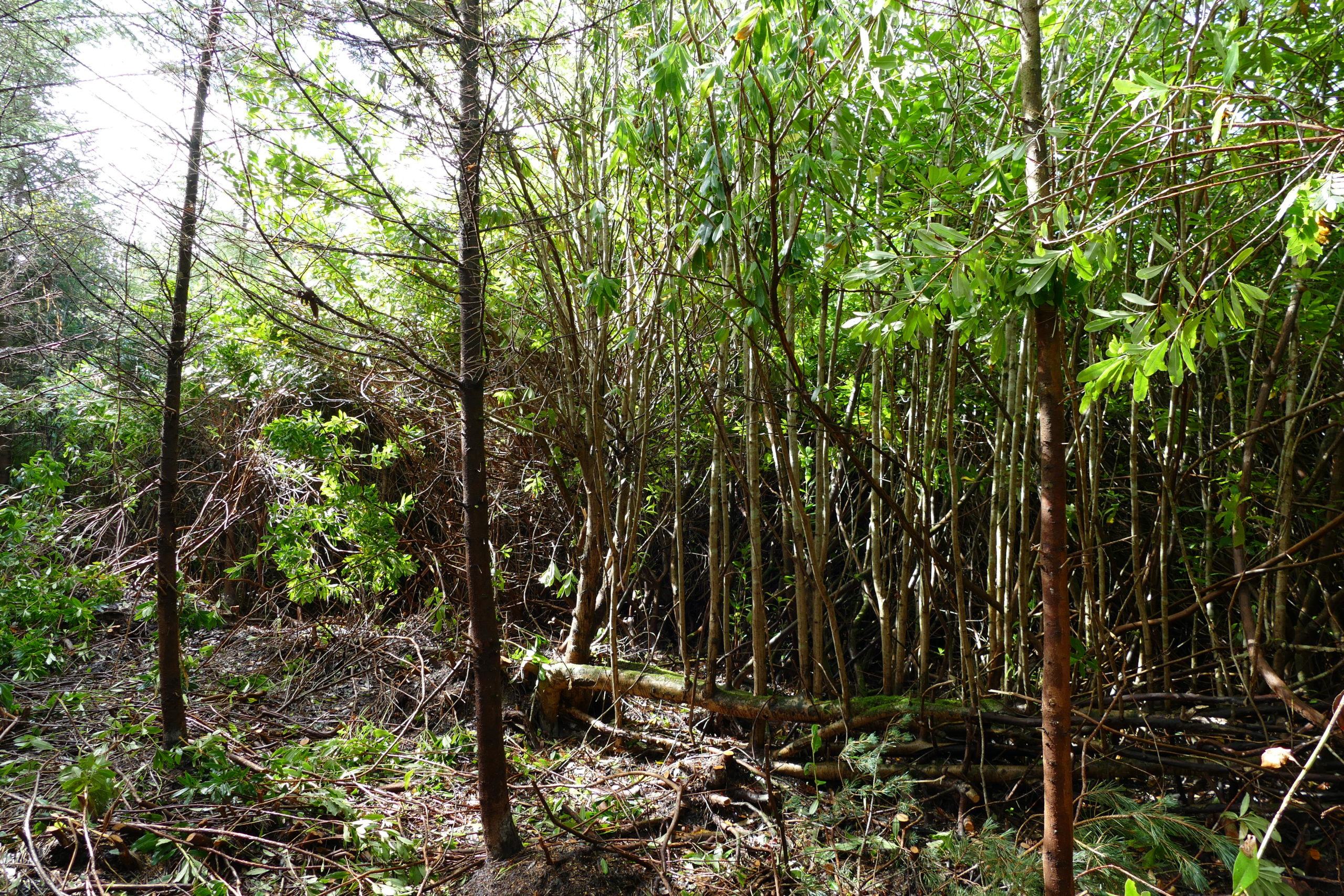
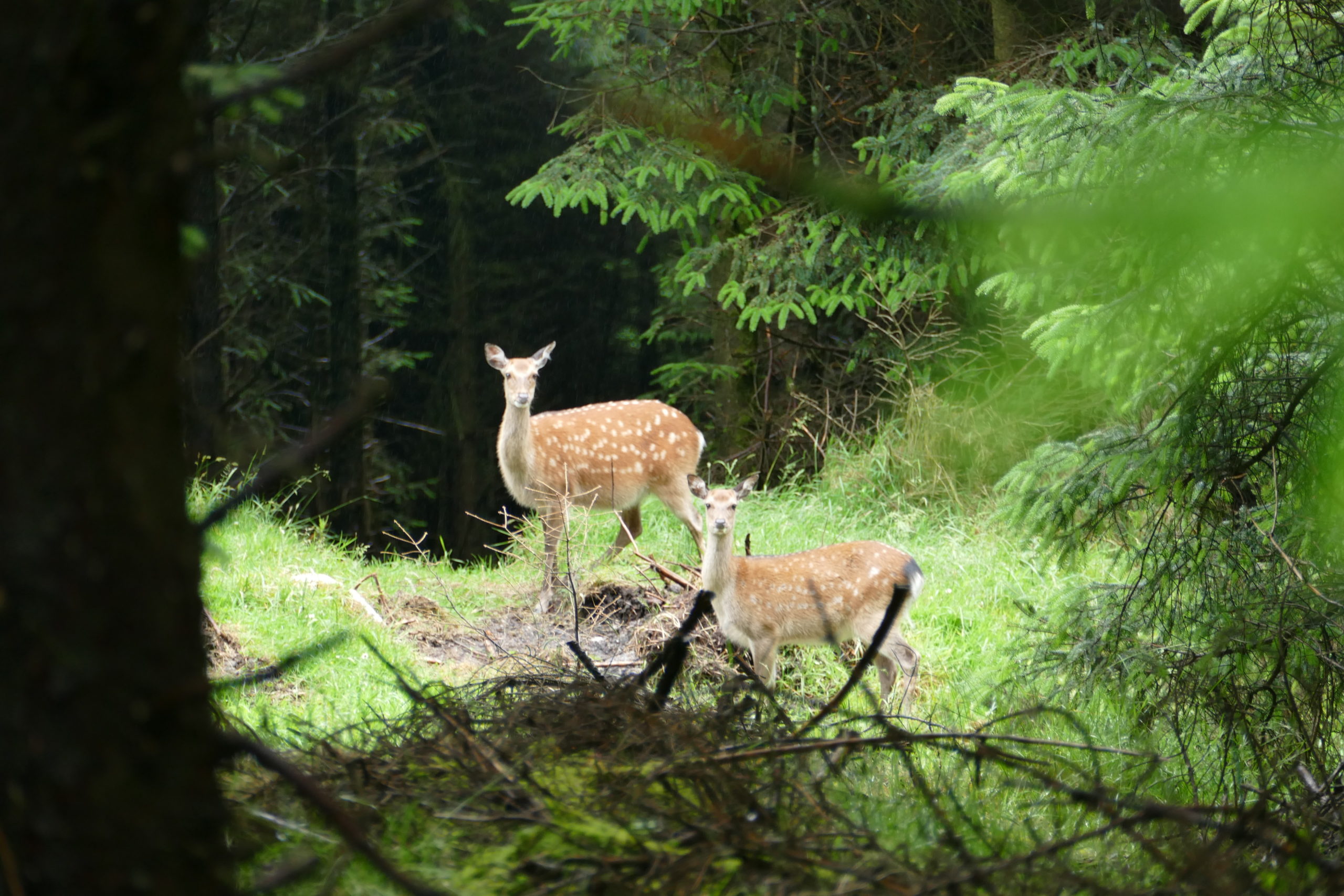
Native woodland has significant biodiversity benefits
Woodland clearings are important to allow natural regeneration of tree seedlings which need space and light. Such clearings can also be planted with native tree saplings although these need protection from browsing with the use of fencing and/or deer guards for the first few years. The choice of species should mimic those already in the woodland and only plants grown from verified Irish native seed sources should be used.
Native woodland is among the richest habitats for biodiversity in this country. This is because it was the climax natural vegetation cover after the last Ice Age and thousands of species have evolved over millennia to live in this environment. Woodlands are the primary habitat for one-fifth of our plant life, over half of the larger fungi, over a quarter of our breeding birds and thousands of invertebrate species. They are important refuges for mammals such as the badger and red squirrel and they are the most important features of the landscape for most of our bat species. Some of the native wildlife of the ancient woods – pine martens, woodpeckers and red kites – are recolonising Ireland’s woodlands today adding to the natural diversity. A few types of Irish native woodland, such as ashwoods, hazelwoods and bog woodlands (dominated by birch) are quite rare in the rest of Europe.
An open woodland with lots of sunny clearings and paths is a haven for wildflowers such as bluebells wood anemone, wood sorrel, lesser celandine and wild garlic in spring. Woodlands offer shelter to sensitive plants that would not survive in the open conditions of farmland or exposed hillsides. But the loss of sunlight in summer is the price that a woodland plant must pay for shelter. This is why so many of them flower early in the year before the trees have had time to become fully dressed in leaves. The caterpillars of several typical woodland butterflies, such as the silver-washed fritillary and speckled wood, feed on the leaves of these early flowering woodland plants.
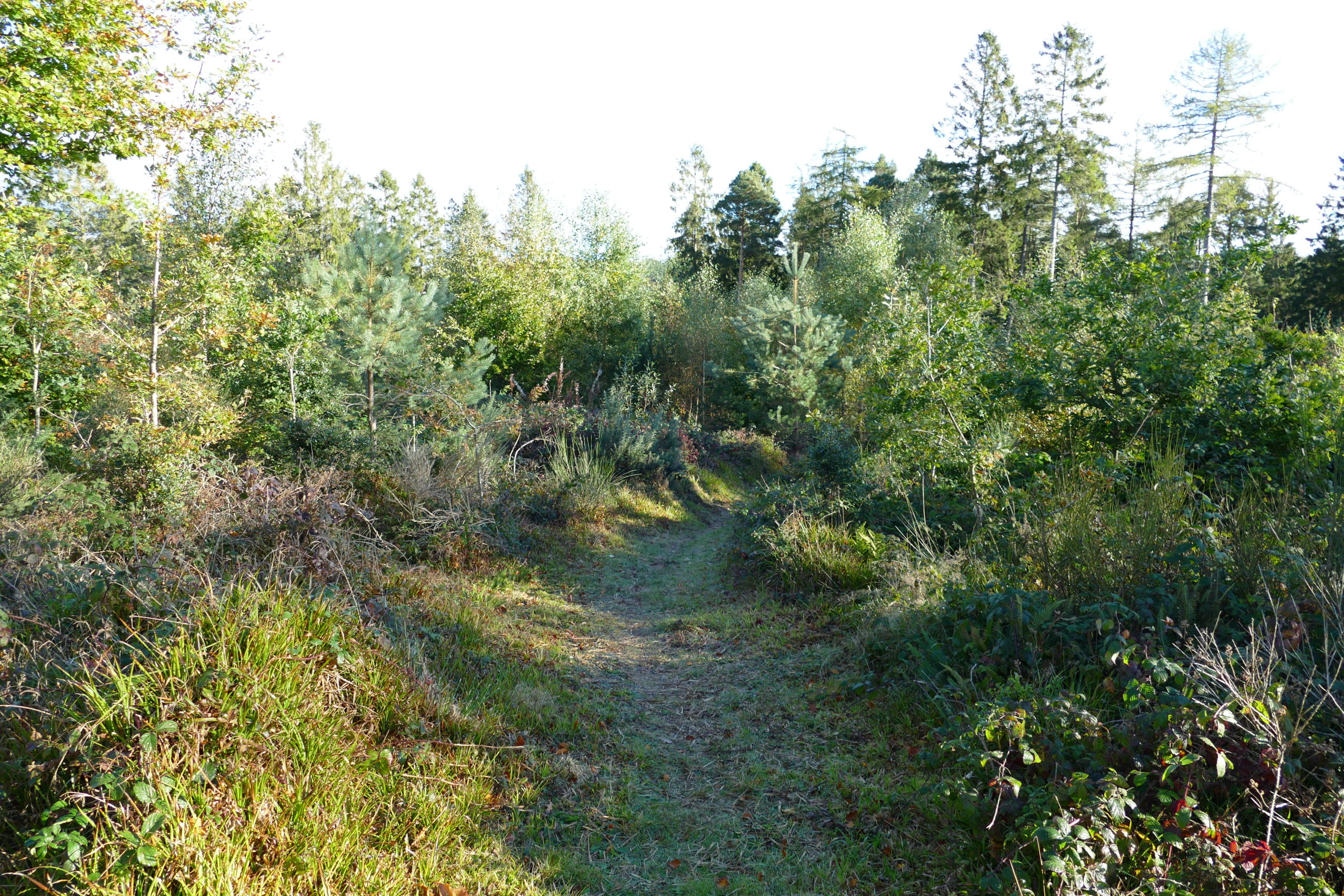
But they have many other benefits, too
Permanent woodland also has many other environmental benefits, principal of which is absorbing carbon dioxide to help offset greenhouse gas emissions and mitigate climate change. Trees on farmland provide shade in summer for livestock and shelter from severe weather allowing some breeds to remain outdoors for longer in the winter months. Trees intercept runoff from agricultural land which helps prevent fertilisers, herbicides, pesticides or slurry from entering watercourses thus protecting water quality.
The roots of riverside trees stabilise the banks preventing erosion and the release of damaging silt to the water which improves spawning habitats for fish. In addition, trees are good for our health and native woodlands provide ideal places for both passive and active recreation. Even a short walk in the woods relaxes the mind and body.
To help restore native woodland at a landscape scale, Coillte Nature and other landowners are planting new areas with native trees grown from seed collected in a network of native Irish woodlands. Special native woodland grants are available from the Forest Service (Department of Agriculture, Food and the Marine) to support the planting of new native woodland, as well as the conservation of existing old and scrub woodland, on both private and public lands.
Richard Nairn is an ecologist who owns and manages a native woodland in County Wicklow.
WILDWOODS by Richard Nairn, is published by Gill Books, and available in all good bookshops or online here. The book's publication was supported by Coillte Nature.
